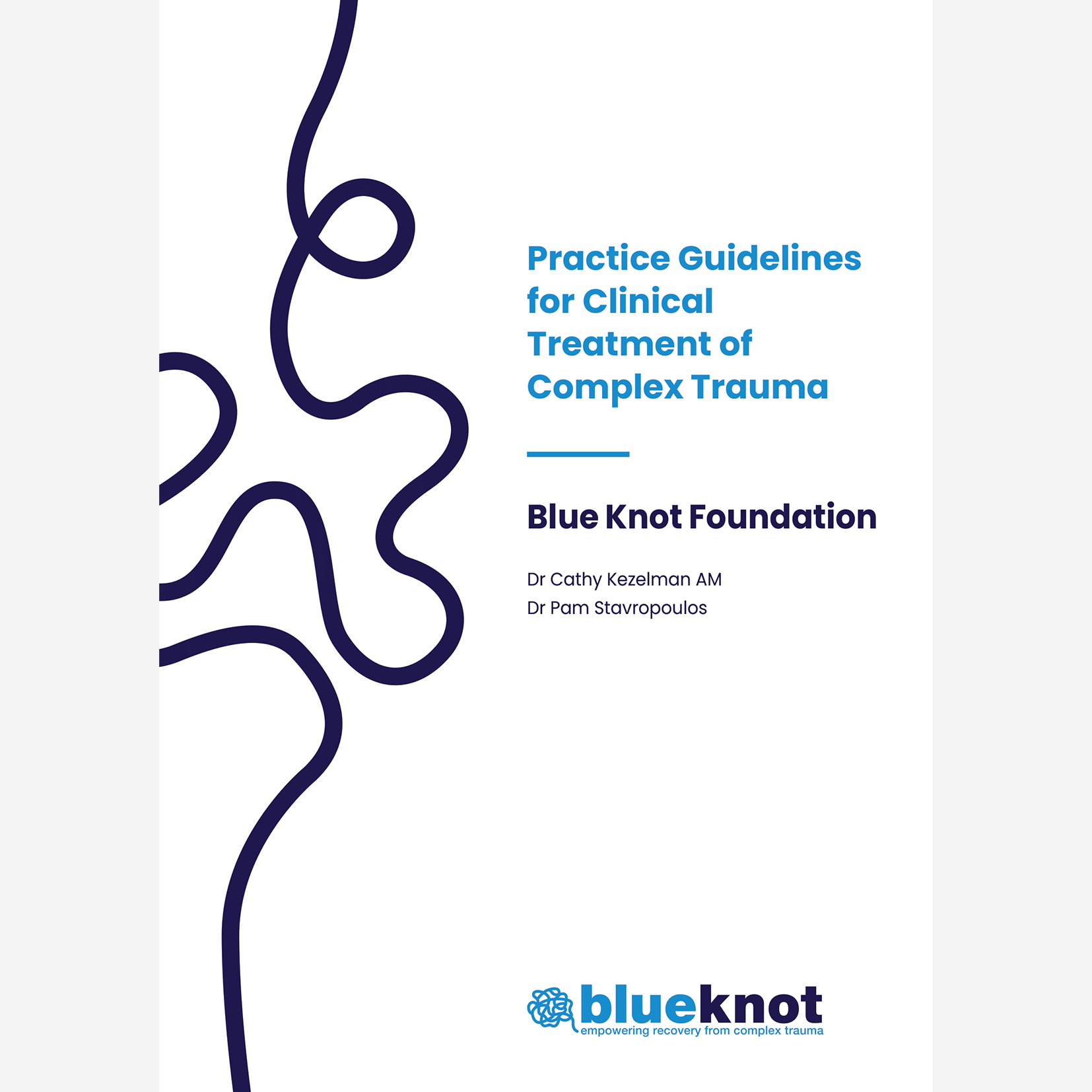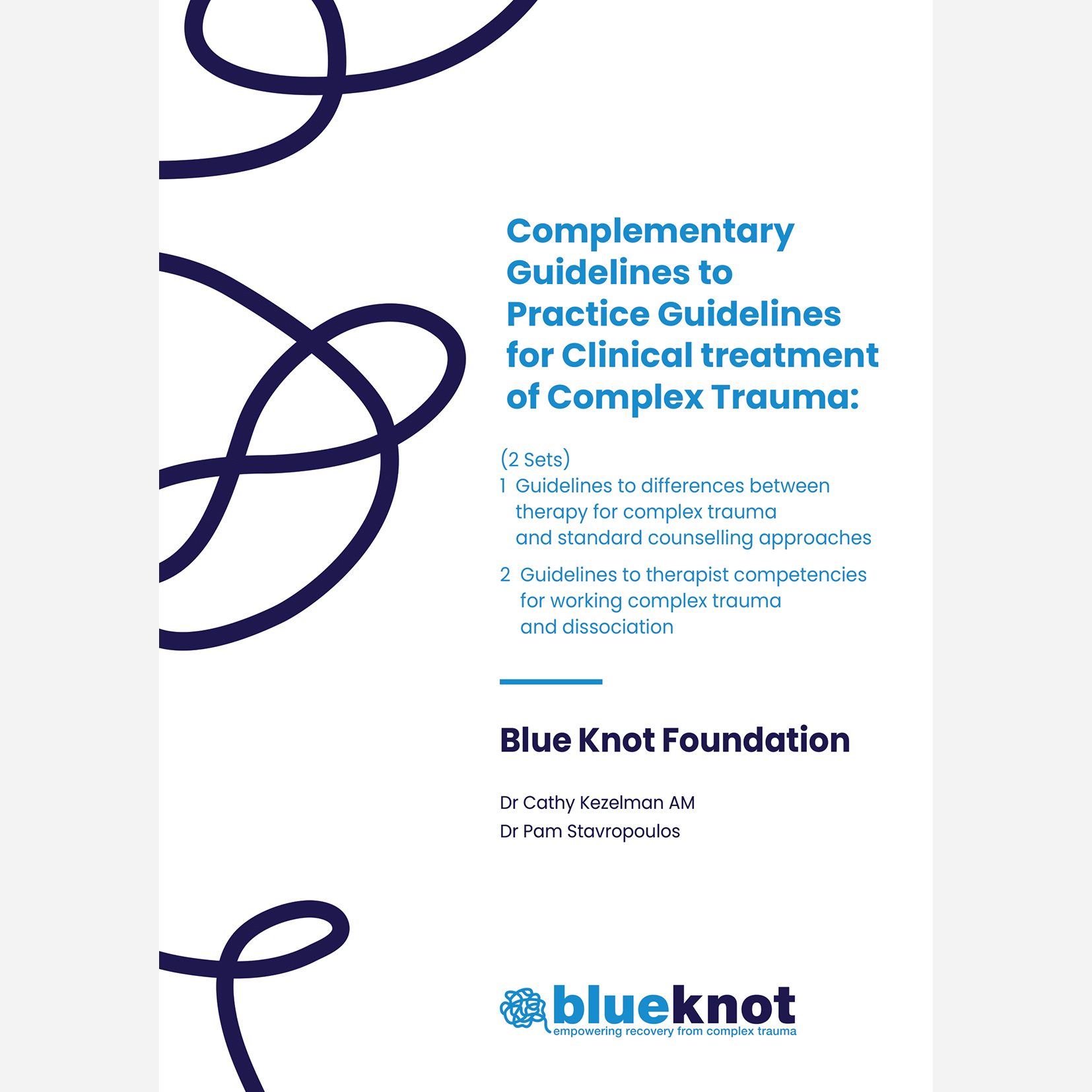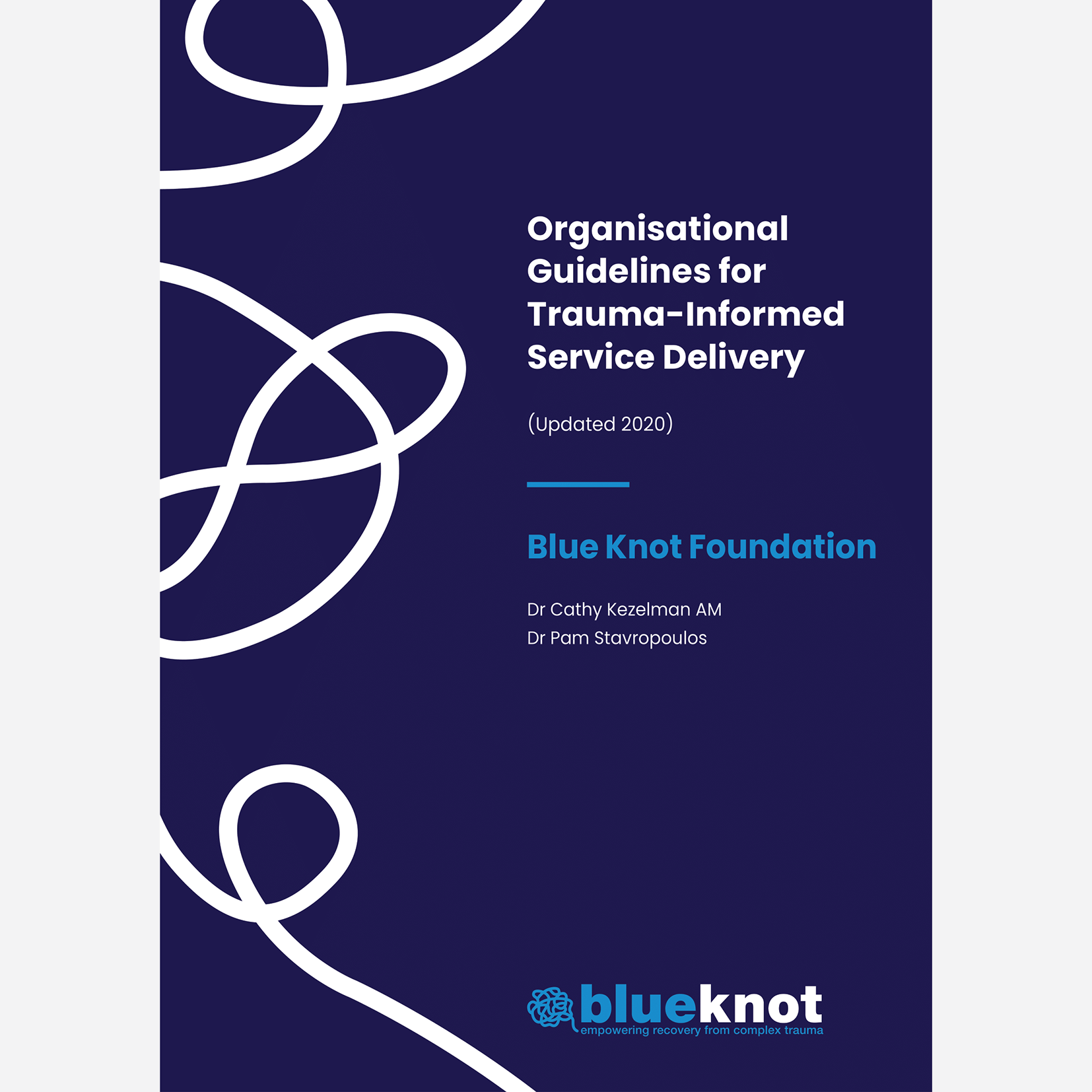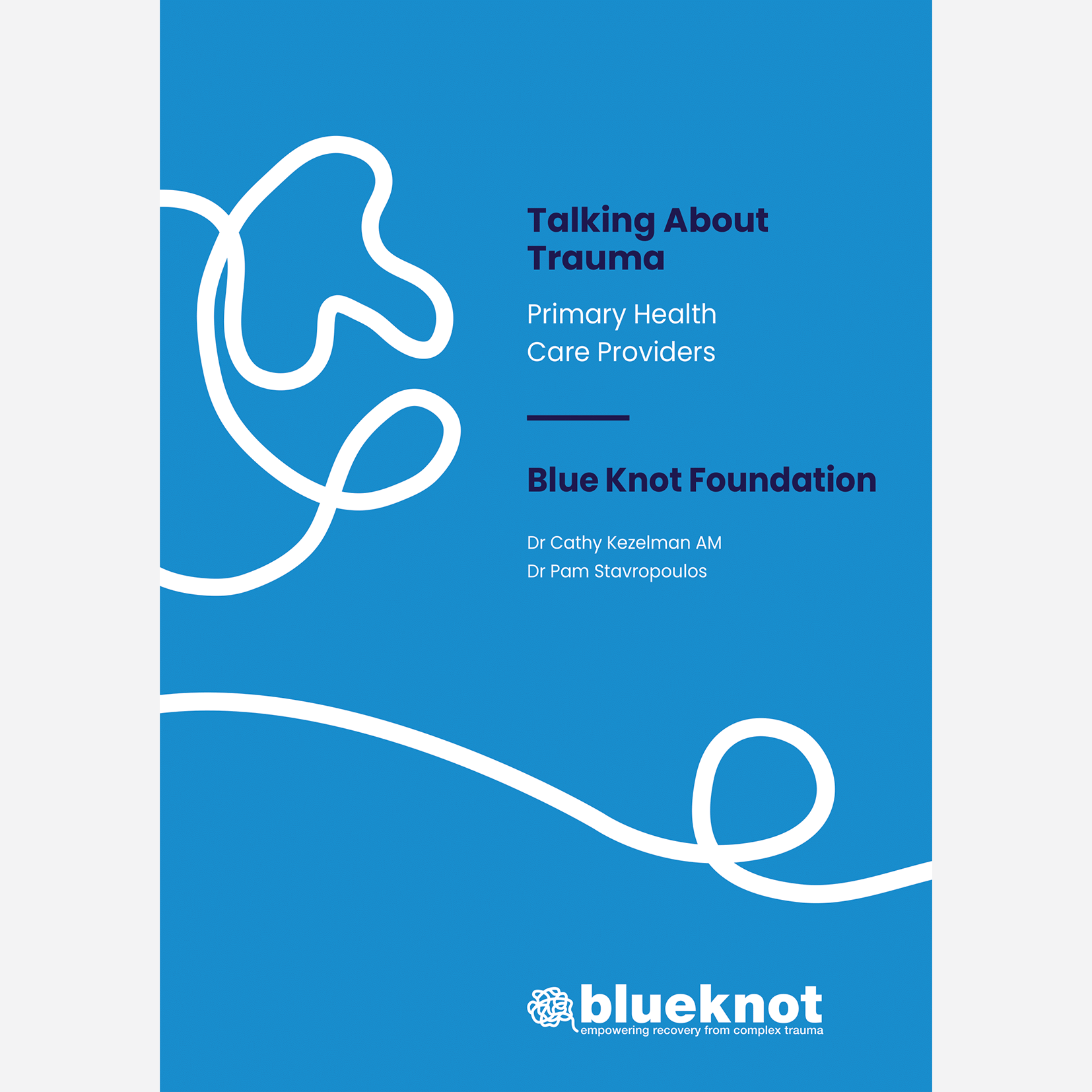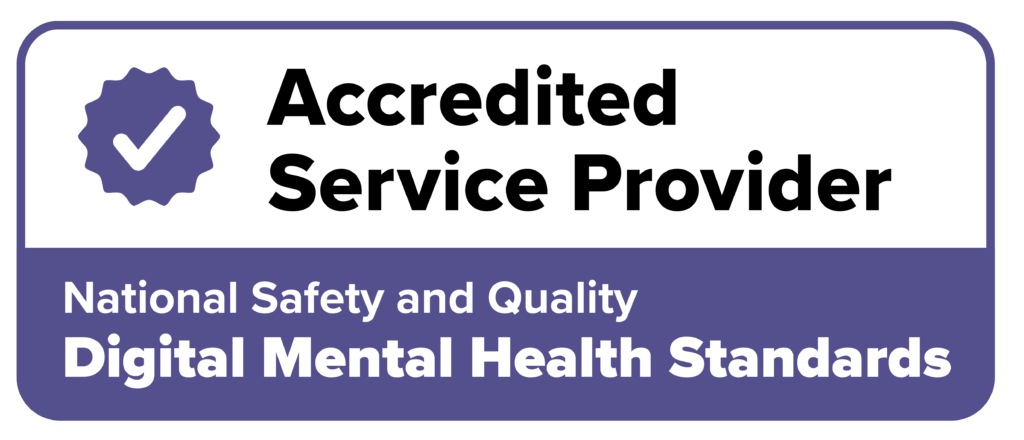Practice Guidelines for Clinical Treatment of Complex Trauma – Digital Download
$66.00
These 2019 updated Clinical Practice Guidelines present evolving research and clinical insights around complex trauma. They build on the 2012 Practice Guidelines for Treatment of Complex Trauma and Trauma Informed Care and Service Delivery and include substantial additions around the nature of complex trauma, dissociation and the related clinical challenges, phased therapy, ‘new’ and emerging treatment approaches and issues relating to `evidence-based’ treatment. As happened in 2012, again in 2019, and prior to publication, Blue Knot’s updated Practice Guidelines have been extensively nationally and internationally endorsed.

